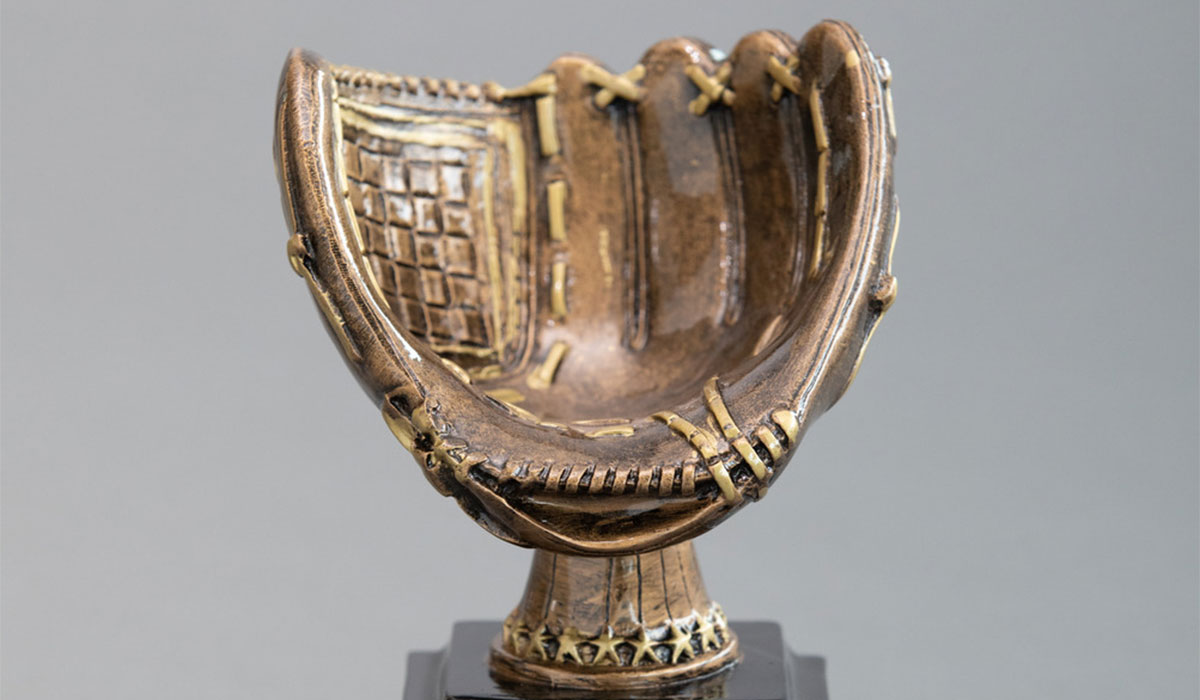
The L+M Hospital Cath Lab team was first in the state to use a new catheter that advances care for patients with peripheral artery disease.
A new type of catheter used for the first time in Connecticut during a recent case at L+M Hospital is providing doctors with an innovative way to help patients with severe blockages in their leg arteries.
The catheter uses a technology called intravascular lithotripsy to crack hardened plaques within arteries, which are common for people with peripheral artery disease. By creating microfractures in the plaques, the technology makes the impacted artery more flexible, enabling doctors to use balloons or stents that otherwise would not fit into the narrowed vessel.
Lithotripsy technology has long been used to break up kidney stones, but using lithotripsy at the end of a catheter is new. The catheter creates a “vapor bubble” inside the artery that, within a nanosecond, rapidly expands, causing microfractures in hardened plaques without damaging soft tissue or vessel walls. The results mimic the way a cracked eggshell tends to hold together until separated from its membrane.
“This device is an example of how we are continually advancing technology to best serve our patients,” said interventional cardiologist Carlos Mena, MD, medical director of Vascular Medicine, Yale New Haven Hospital, and professor of Medicine, Yale School of Medicine.
Other methods of getting balloons and stents into severely blocked arteries do exist. Catheters with diamond-tip roto blades, for example, can sometimes bore through calcified plaques. That technique, however, can cause tiny pieces of plaque to break loose, potentially lodging in smaller vessels in a patient’s legs. The roto blades do not tend to make the vessel itself more pliable.
If doctors cannot get a balloon into an artery because of calcified plaques, a surgical bypass might be required. With a device like the new catheter, patients can have better outcomes without surgery.
“This new device gives doctors another tool in their arsenal to stay minimally invasive in the treatment of peripheral artery disease,” said Taylor Caputo, a special procedure technologist who worked on the first case.
For members of the L+M Cath Lab team, being first in the state to use the new device was a point of pride.
“This is not something we do all the time – being first – so it was super exciting,” said Kay Ellen Bernardo, a special procedure technologist. “L+M is a small community hospital, but we want people to realize that we are using some really innovative devices that can make a real difference in patients’ procedures, their outcomes and their quality of life.”




